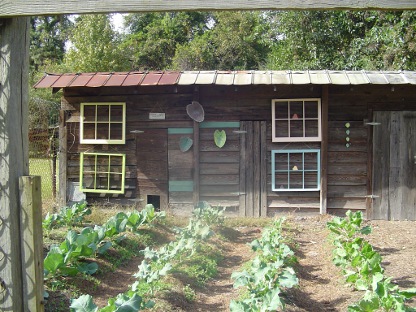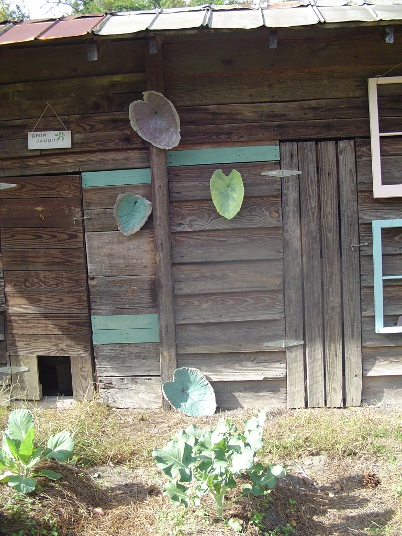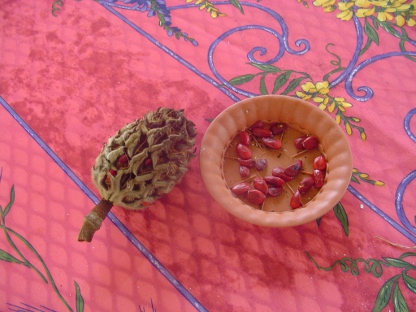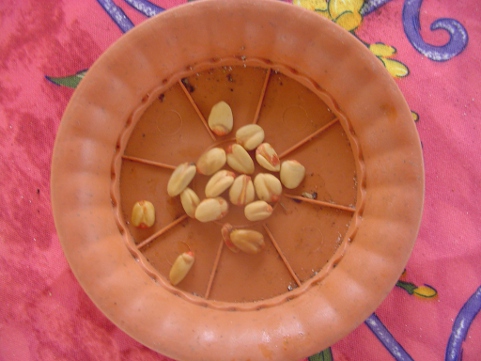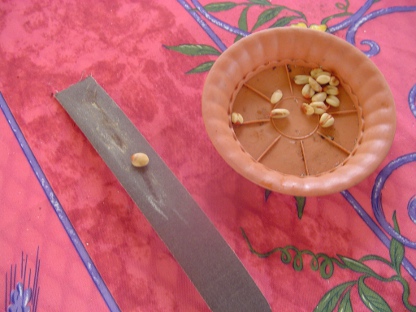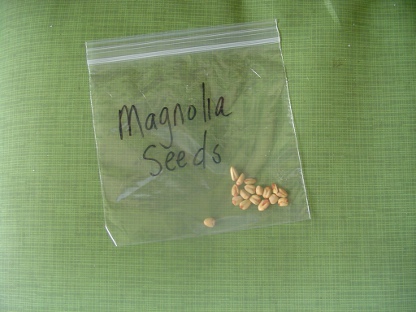I’m back.
I can’t believe it’s been eight years since I wrote a blog post for my website, but my last blog post is dated March 12, 2013.
During my absence from writing for myself, I went back to work for The Holly Hill Observer and The Santee Striper newspapers.
My husband absolutely did not want me to go back to work there, but I convinced him that I would be smarter this time and not let the job control my life as it had before.
I was wrong.
I left the newspaper business again two years ago and started my own graphics design and website business. It is called Webberalls (click on the link to visit it, if you like). I’ve created logos, posters, invitations, flyers, and business cards for a handful of clients. I also designed a political candidate’s website (which is now offline) and helped my town create a website for our community.
I also like to collect and resell vintage collectibles and small furniture. Carrie (my daughter) and I do that together, and for a while we even rented a space in an antique store to sell our stuff. We just gave up our store space a couple of months ago, but continue to sell at one-day shows and flea markets.
Carrie and I also craft and sell our hand-made merchandise at craft fairs. I’m also going to create an Etsy store to sell my crafts online and will add a link to that site soon.
I’m a boho hippie chick at heart and my crafting includes macrame, tie-dying, beading, wire art, and concrete stepping stones/leaves.
I still have my groovy plant shack/she-cave that I have written about before on this website, but it had fallen into disrepair while I was pursuing a different path. I’ve been working on it a bit here and there. My plan is to get most of my crafting stuff that currently covers the dining room table and every nook and cranny in the house back out there.
Lots of stuff on my to-do list. I like it.
What have you all been up to?


